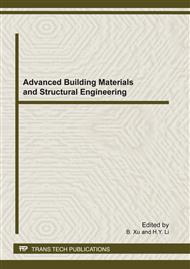p.733
p.738
p.745
p.749
p.753
p.757
p.763
p.768
p.772
Prediction of tRNA Based on LS-SVM Algorithm with Principal Component Analysis
Abstract:
Recently, non-coding RNA prediction is the one of the most important researches in bioinformatics. In this paper, on the basis of principal component analysis, we present a tRNA prediction strategy by using least squares support vector machine (LS-SVM). Appearance frequencies of single nucleotide, 2 – nucleotides and (G-C) %, (A-T) % were chosen as characteristics inputs. Results from tests showed that the prediction accuracy was 90.51% on prokaryotic tRNA dataset. Experimental results indicate that the method is effective for prokaryotic ncRNA prediction.
Info:
Periodical:
Pages:
753-756
Citation:
Online since:
February 2012
Authors:
Price:
Сopyright:
© 2012 Trans Tech Publications Ltd. All Rights Reserved
Share:
Citation:


